The inability to manage demand-generation campaigns can lead to wasted resources and missed growth opportunities.
If you’ve struggled in the past with demand generation, you’re likely missing out on the execution front when it comes to the three core pillars of SaaS demand generation:
In this article, we’ll dive deeper into the demand generation topic, and how you can set up your own demand engine using a simple framework and by understanding the three core pillars.
Organic search plays a crucial role in demand generation for SaaS companies.
Implementing effective SEO strategies helps businesses become more visible for the right keywords at each level of the marketing funnel.
This subsequently maximizes awareness and drives organic traffic.
Owning bottom-funnel search terms where searchers are looking for your solution is only part of the journey.
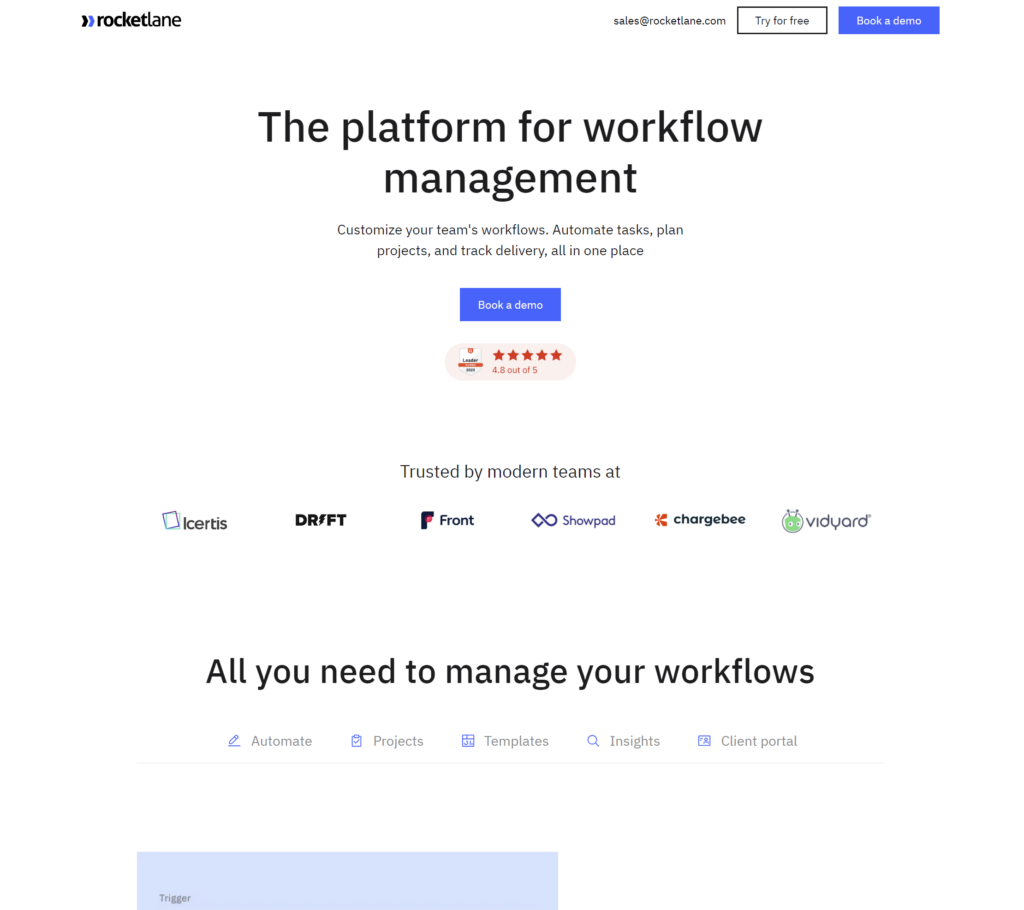
Various content and link-building strategies are essential for achieving visibility across different stages of the funnel:
Being discoverable is the first core pillar, and organic search is a good starting point for building out content and pages built for your target audience.
Further Reading: SaaS SEO Content Strategy Breakdown
When it comes to paid search, demand generation necessitates effectiveness and efficiency.
Factors such as keyword targeting, messaging, and ad copy, all influence click-through rates.
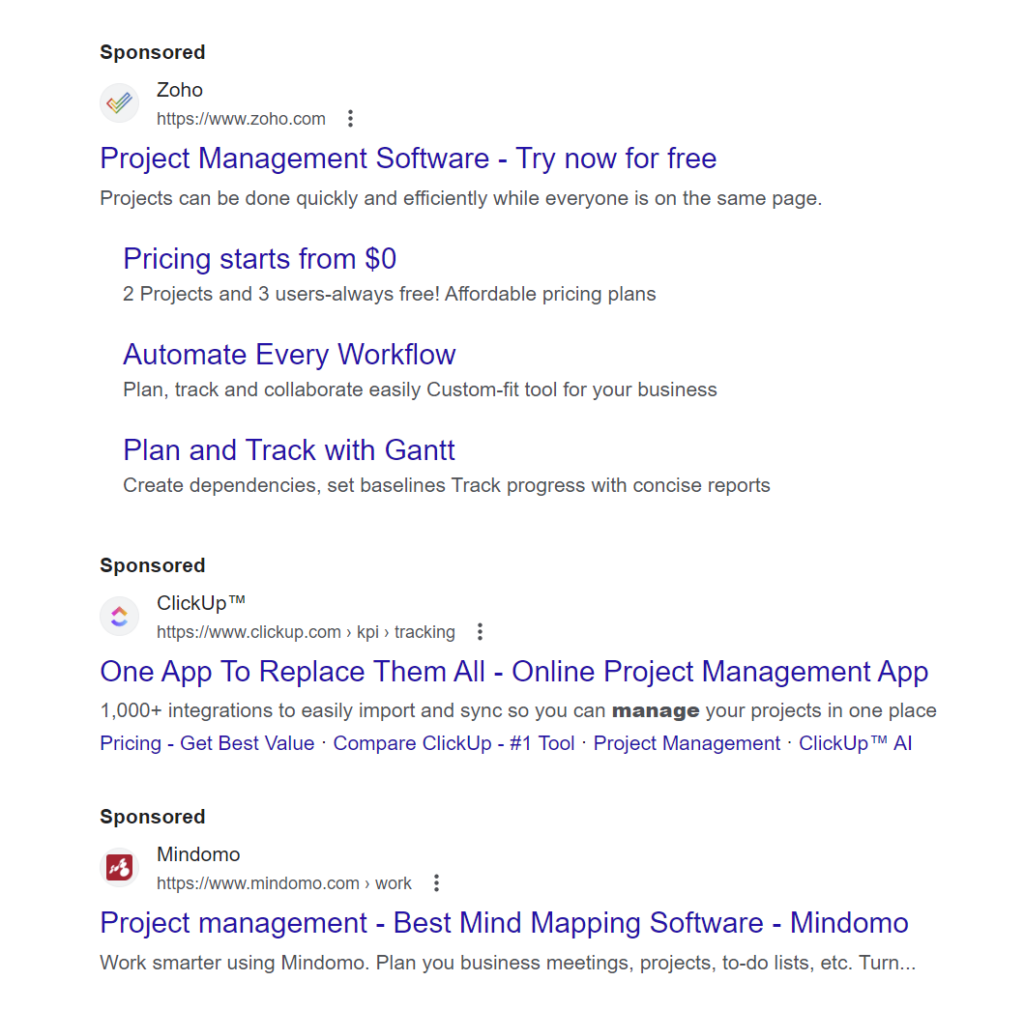
After a successful click, an optimized landing page is vital for showcasing brand credibility and nurturing users into providing their information.
Paid search typically operates on a predetermined budget, and it’s essential to maximize returns over the allocated spend. Defining specific goals for MQLs, SQLs, and customer acquisition plays a crucial role in monitoring progress and adjusting strategies as needed.
Further Reading: PPC for SaaS Framework
Effective and efficient paid search highly depends on precise and creative targeting.
It it is essential to maintain continuous engagement with potential customers.
This is particularly important when the target audience is not yet ready to purchase the software, which is going to be the case for most visitors that are hitting your website during their first initial visitrs.
One highly effective way to keep the audience engaged and activate them when the time is right is through email drip campaigns.
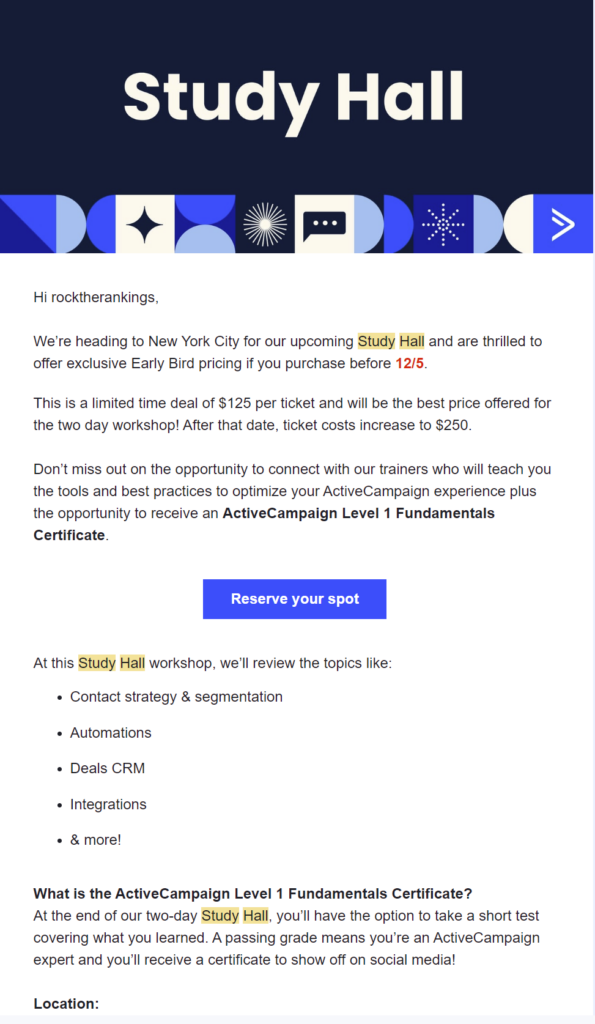
Email marketing has proven to be a powerful tool in generating significant returns on investment and outperforming social media in customer acquisition.
The primary objective of lead activation is to initiate and facilitate conversations about the topics relevant to the SaaS product. This can be achieved through impactful email marketing, offering regular reminders of the software’s benefits, and building trust.
Email drip campaigns should provide valuable and meaningful content for the readers, preferably without requiring them to click a link.
By sharing content directly within the email, the interaction between the reader and the brand can be increased, and the value of the content can be demonstrated. High-quality content such as blog posts, video demonstrations, and personal copy should be included to offer genuine value to the user.
An essential factor in successful drip campaigns is aligning the content with the interests of the target audience and enhancing the overall lead-nurturing process.
Email campaigns can also be used to promote free webinars, whitepapers, and other valuable resources to help nurture leads.
The ultimate goal of email marketing is to prompt qualified leads to take action and capitalize on the opportunities presented by email drip campaigns.
Engaging potential customers and converting them into buyers are crucial elements of an effective sales strategy for SaaS companies.
Conversion Rate Optimization (CRO) and user experience optimization play vital roles in this process, ensuring smooth interactions with customers and enhancing the functionality of the platform.
Further Reading: Conversion Rate Optimization Strategies
To optimize user experience, it is imperative to follow essential CRO best practices:
Pillar 1 is all about being found, and getting right-fit traffic to the website, whereas Pillar #3 is focusing in on actually converting those visitors to take a desired action.
To effectively position your B2B SaaS company, it is crucial to understand the process and create clear messaging that differentiates your business. Start by answering these four questions:
Make sure that customers are the focus of your positioning strategy, considering their problems and challenges.
Remember, focusing on positioning first is vital, as it sets the foundation for your value proposition and overall growth strategy.
Crafting engaging homepages is crucial for SaaS companies.
Focus on creating headlines that speak directly to a specific audience and ask a question or present a unique selling proposition.
Further Reading: SaaS Website Best Practices
Subheadlines should clearly convey your product’s value proposition.
Effective product and feature pages require attention to structure, imagery, and copy.
To achieve higher conversions, consider dividing these pages into five sections:
Blog pages are an often overlooked yet crucial aspect of the SaaS website experience.
Optimize your blog pages and posts to generate demand and maximize engagement.
Keep the following framework in mind for blog pages and posts:
By addressing these three areas and focusing on clear organization, engaging copy, and strategic calls to action, you can optimize your SaaS website for demand generation success.
Further Reading: SaaS Blog Design Best Practice
We cover SEO for SaaS in-depth in some of our other deep dives, but at the high-level there are 3 core pillars to SEO:
Building into those three pillars, yous should be keeping the following in mind:
Further Reading: SaaS SEO 101
Allocate a larger budget for LinkedIn ads as they generally produce fewer, but higher-quality leads.
Be less specific in your audience targeting, providing LinkedIn with broad job titles of your ideal prospects.
Design your ad creative to suit LinkedIn users, who usually browse content and network with professionals, rather than being in purchasing mode.
Effective offers on LinkedIn are often lead magnet downloads rather than trial or demo signups.
For Facebook Ads, be specific with your targeting using these three main options:
Don’t rely on custom audiences based on interests and behaviors as this approach tends to work better for eCommerce companies.
For B2B SaaS companies, implement five tactics in their Google Ads campaigns:
Design landing pages based on customers’ awareness:
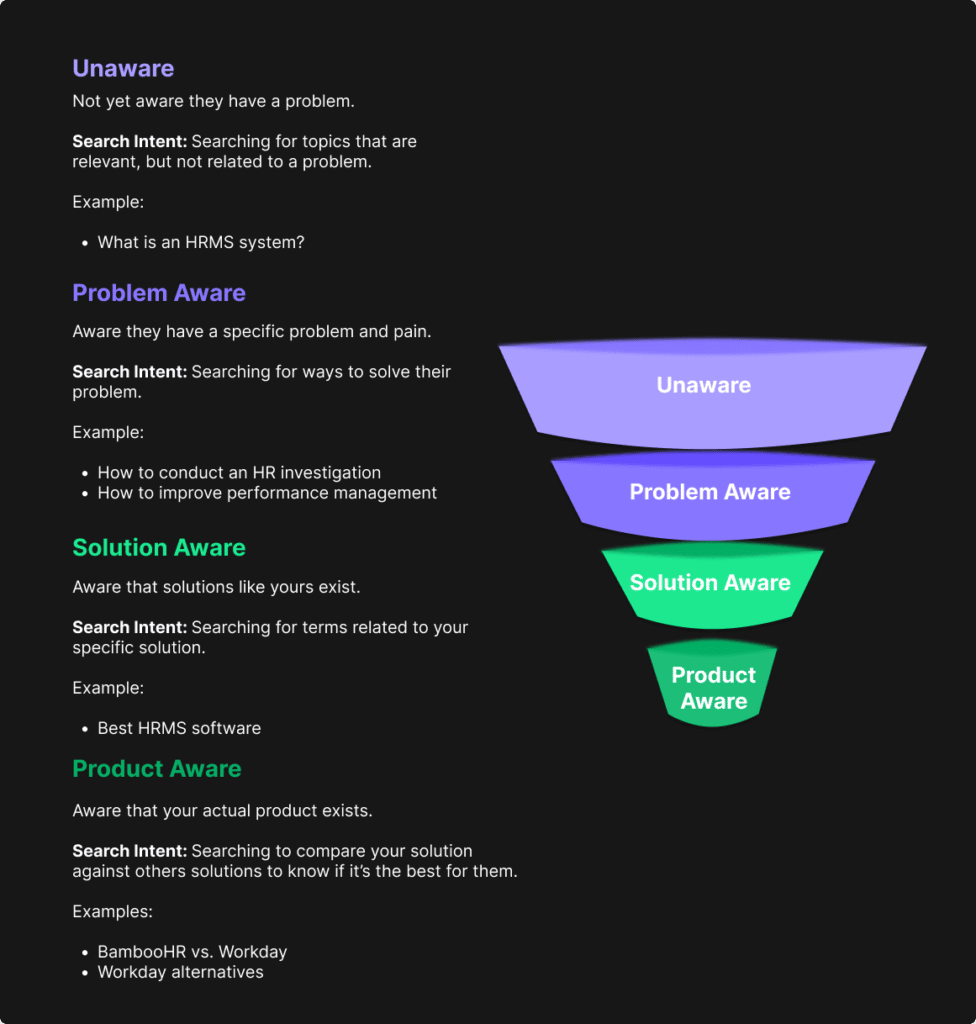
With these categories in mind, create two distinct landing page flows: one for problem-unaware and problem-aware users, and another for solution-aware prospects.
Avoid a one-size-fits-all approach for remarketing. Instead, use the Boomerang Method:
For PPC optimization, avoid making campaign changes too soon.
Establish a baseline for measuring performance by waiting at least a month.
Bottom-of-funnel content targets prospects who are actively searching for a solution to their problem and have a higher conversion rate, despite showing little to no search volume.
Further Reading: SaaS SEO Content Strategy Breakdown
Examples of effective bottom-of-funnel content include:
Middle-of-funnel content has a medium search volume and conversion rate, demonstrating some level of prospect interest.
Common types of middle-of-funnel content include:
Top-of-funnel content, while having the highest search volume, has the lowest buying intent and typically results in fewer conversions.
Examples of top-of-funnel content include:
Efficiency is a critical aspect in demand generation because it directly affects the effectiveness of marketing strategies, allocation of resources, and business growth.
By analyzing the customer acquisition cost (CAC) and customer lifetime value (LTV), marketers can identify the most effective channels that require prioritization for budget allocation.
This approach ensures that resources are optimally distributed across different marketing campaigns, maximizing the value derived.
Throughout different channels – such as SEO, paid search, LinkedIn, email marketing, event marketing, and media relations – the CAC-LTV model helps establish performance benchmarks.
Further Reading: SaaS SEO ROI Calculator
This helps to pinpoint underperforming channels and reallocate resources to those that deliver better results.
Some key benefits of focusing on efficiency in demand generation include:
Efficient demand generation also benefits from the incorporation of best practices like:
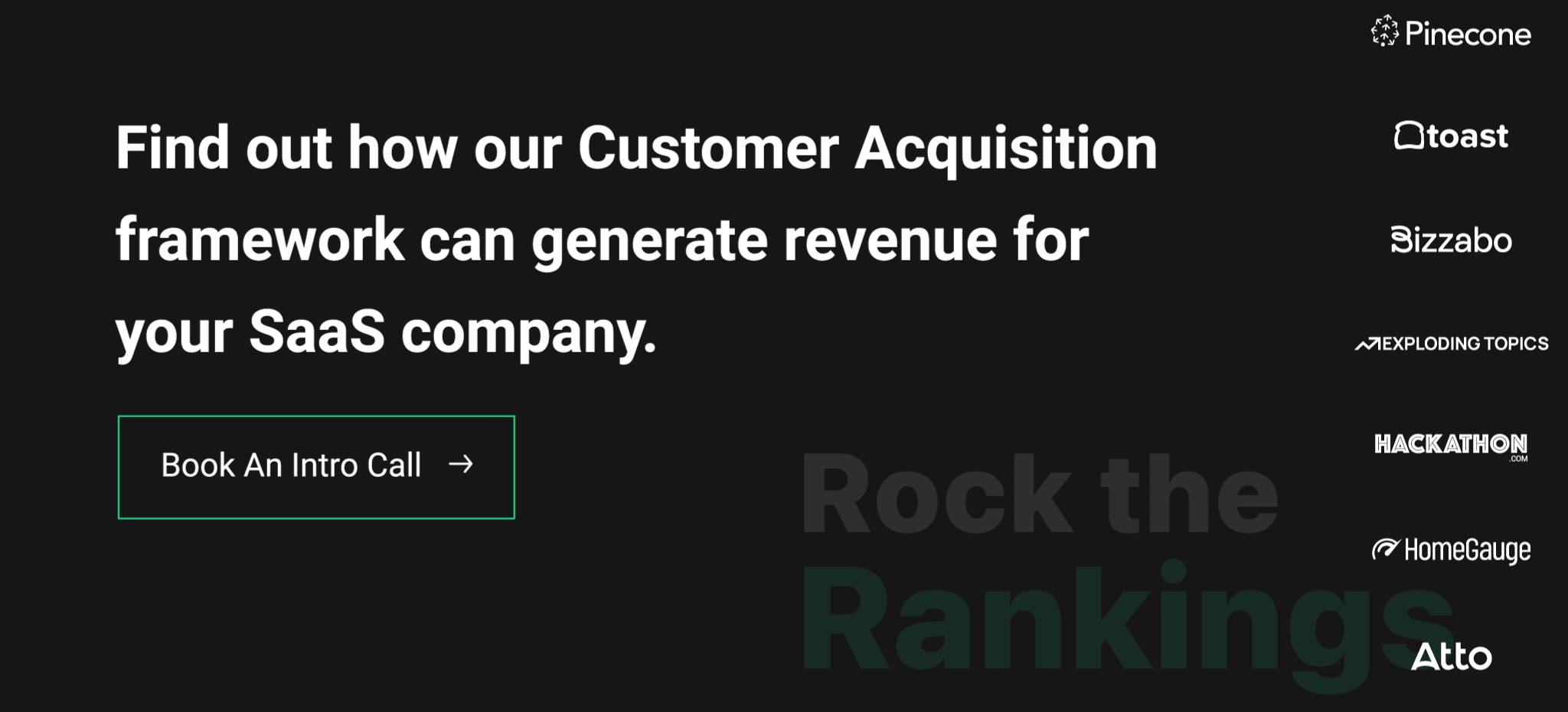
If you’re struggling to build a demand engine, you’re likely missing one of the key ingredients from the three core pillars.
Discoverability plays a crucial role in guiding customers through the buyer’s journey and improving brand awareness.
Consistent brand activation helps maintain visibility and engagement with buyers, even when they are not ready to purchase the product or service.
By executing on the three collar pillars of SaaS demand generation, you can begin to build a customer acquisition engine that continues to run itself, and properly feed your pipeline.
Founder of Rock The Rankings, an SEO partner that helps B2B SaaS brands crush their organic growth goals. An avid fan of tennis, and growing micro-SaaS businesses on the weekend. 2x SaaS Co-Founder – Currently working to build and scale Simple Testimonial.
Book a 1-on-1 intro call with our founder that includes a FREE custom marketing plan. Start growing faster, today.